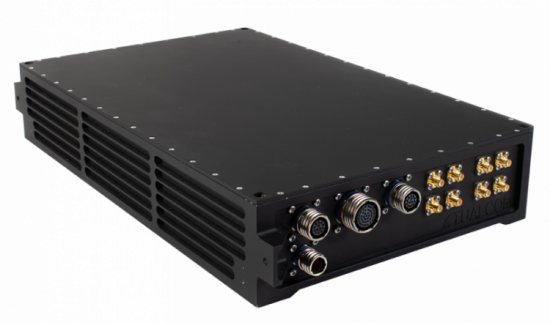Computer networks have become an indispensable tool for business, education and personal communication. However, managing and securing the complexity and size of these networks is essential for network communication. In this article, we will take a closer look at what the Data Link layer is, its functions and why it plays a key role in the network world.
Basic Functions of Data Link Layer:
Creating Data Frames: The Data Link layer prepares the transmitted data for transmission by converting it to data frames in a regular format. These frames allow data to be split and transmitted.
Addressing: Each device has a unique physical address, these addresses are called MAC addresses. The Data Link layer uses these addresses to identify the sender and recipient in communication.
Error Control: The Data Link layer checks for the accuracy and integrity of the transmitted data. It detects faulty data frames and corrects if necessary.
Flow Control: The Data Link layer regulates and controls the data flow in the network. It ensures that devices that send data do not overload devices that receive data.
Conflict Management: In shared networks, trying to send data to multiple devices simultaneously can cause conflicts. The Data Link layer detects these conflicts and uses algorithms to resolve them.
Security Contribution of Data Link Layer:
The Data Link layer makes significant contributions to network security. This layer can implement security measures such as authentication, encryption and access control. It prevents unauthorized access to the network and protects the privacy of the transmitted data.
The Data Link layer plays a critical role in ensuring secure and organized operation of computer networks. It regulates data transmission, checks for errors and provides network security measures. This layer is an indispensable part of the modern communication infrastructure and is a basic carrier and safety fortress for the successful functioning of computer networks.



